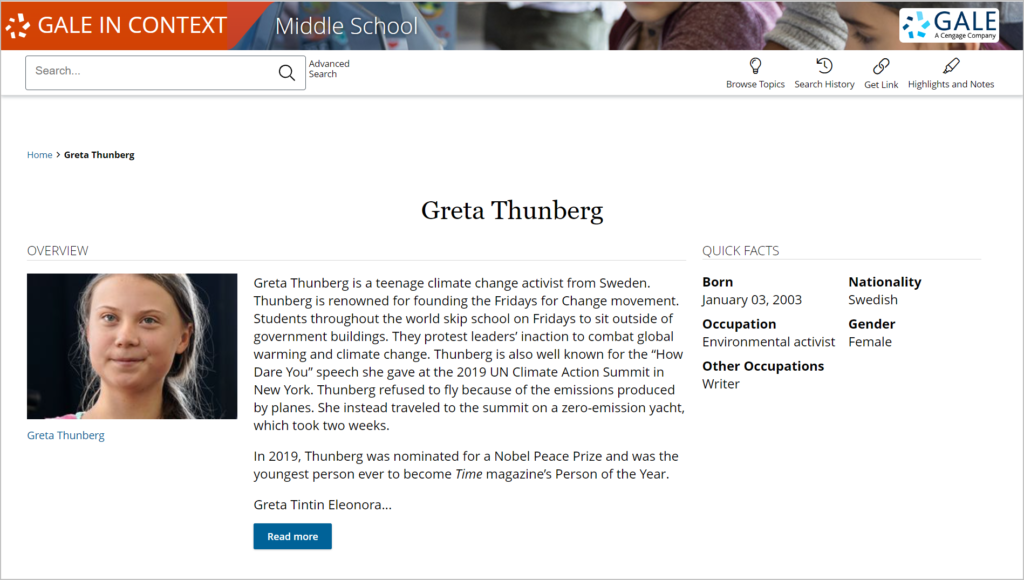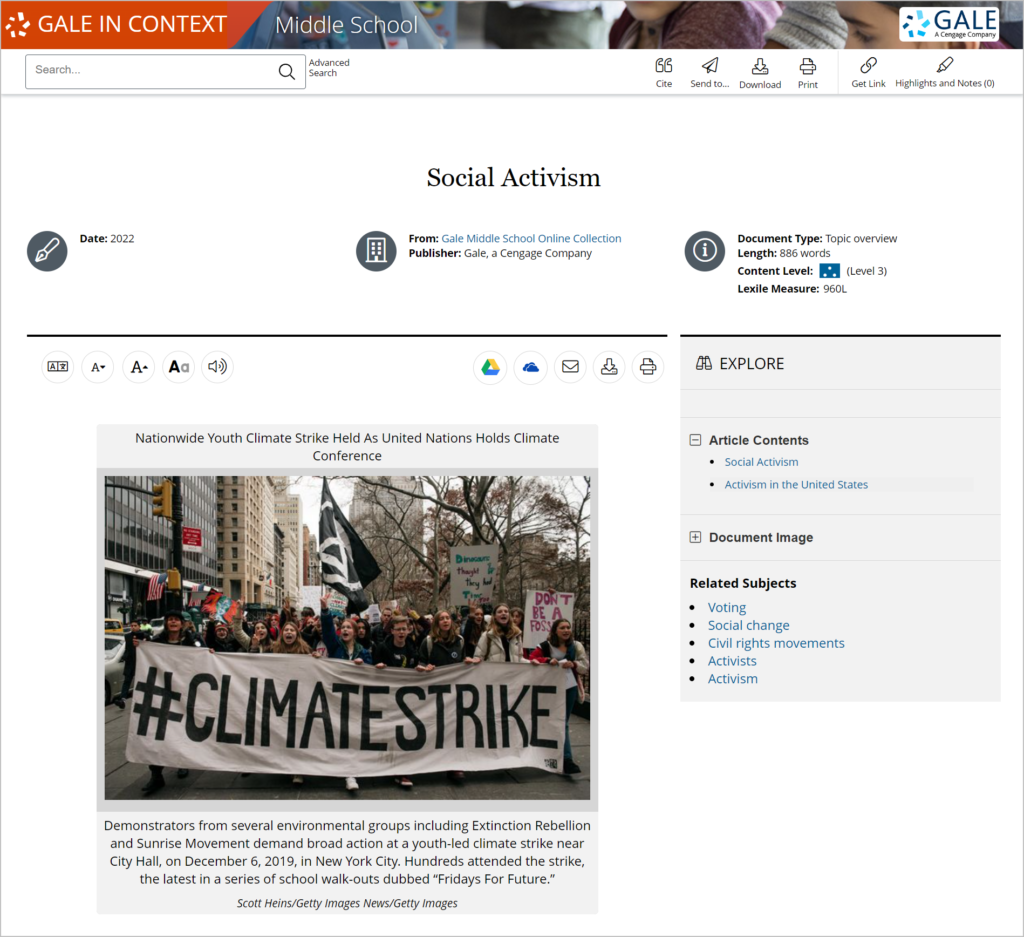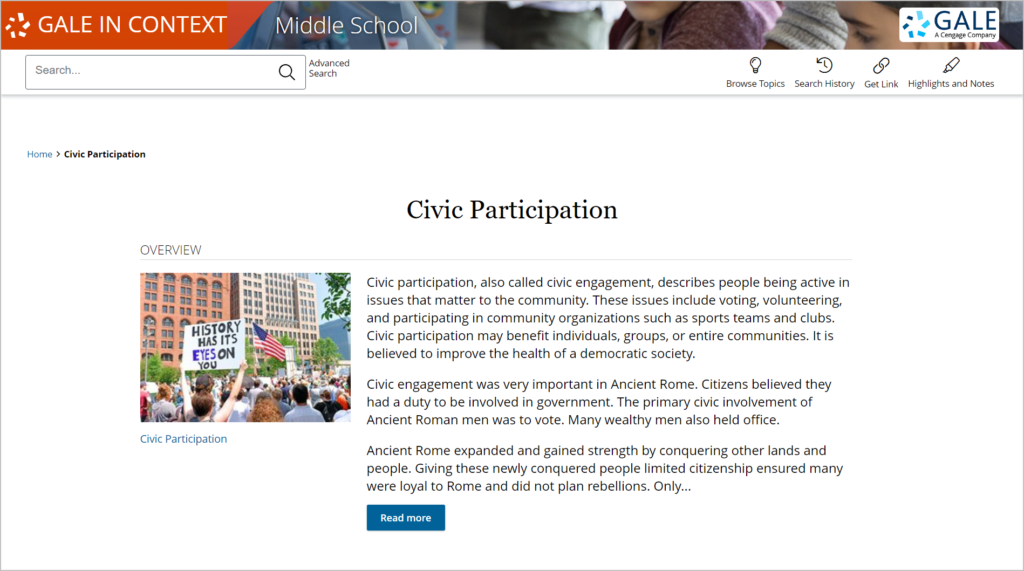| By Josephine Campbell |
Have you passed sign-carrying groups or individuals in your community recently? In the last few weeks, I’ve seen people demanding action on gun control and school violence, and activists supporting and opposing abortion and Roe v. Wade. In June, Pride celebrations kicked off for members of communities fighting for LGBTQ+ rights. People of all ages rallied on June 11 at March For Our Lives demonstrations for stricter gun laws. Activism is an important issue for many children, teens, and young adults, and is closely tied to social media activity. March For Our Lives, for example, is largely organized online, and many Black Lives Matter demonstrations are coordinated through social media. TikTok has quickly become a tool for getting out messages on social issues too. A coalition called Gen-Z for Change, which collectively counts more than 500 million followers, is primarily active on TikTok.
Millennials and Generation Z are highly active on issues they care about. (The Pew Research Center defines millennials as those born between 1981 and 1996, while anyone born in 1997 or later is Gen Z.) The top issue for many is climate change, and a significant segment of these population groups is very active. About 30 percent have attended a rally, contacted an elected official, donated money, and/or volunteered to combat climate change and enact meaningful legislation, Pew finds. Social media influencers who address social issues and provide guidance on steps to take are amassing hundreds of thousands of followers.
One of the most famous voices of Gen Z on the climate crisis is that of Greta Thunberg. The teen Swedish activist spoke at the United Nations Climate Action Summit and addressed the U.S. Congress in 2019, the year she was nominated for a Nobel Peace Prize and was named TIME’s Person of the Year. Thunberg launched Fridays for Future, protests against inaction on climate change, in 2018. Posts she made about her solo demonstrations spread on social media and inspired millions of other young people to do the same.
Autumn Peltier, a First Nations Canadian, has taken her fight for clean water to world leaders such as Prime Minister Justin Trudeau. She has raised awareness of the significant number of Canadians who have lived under boil-water advisories for up to a decade and the conditions that have caused their water to be contaminated, including pollution and broken pipelines. Peltier has been nominated multiple times for the International Children’s Peace Prize.
The first U.S. National Youth Poet Laureate, Amanda Gorman, has had a high profile since she published her first book of poetry in 2015. She read at the White House and was commissioned to write and read a work for the 2021 presidential inauguration. Gorman is also an activist who supports opportunities for girls and people of color.
Students can learn about these and other young policy influencers by reading Gale In Context: Middle School profiles. They can also read about social activism and protests. These overviews describe a variety of types of activities, including boycotts, rallies, and sit-ins. Social activism also includes an activity that asks students to identify social problems and think of ways to address them. Gale In Context: Middle School can help here too, with overviews about many social issues, including racism, sexism, voting rights, and world hunger. This activity would work well in small-group discussions and could incorporate know/want to know/learned (KWL) charts.
An important way we can speak out is through civic participation. Students can learn about the history of civic engagement, including the development of labor unions and women’s suffrage, and why it’s important. For many middle school–aged children, opportunities for activism, such as attending demonstrations, may be limited. However, they can still find methods of civic engagement. For example, many schools and families volunteer at food pantries, and children who are concerned about bullying have organized buddy benches and similar projects.
Tweens often have strong feelings about right and wrong, and can be keenly aware of situations that they find unjust. The Gale In Context: Middle School overview on speaking up provides guidance on when and how to say something, such as when to act quickly and why it may sometimes be better to be cautious and thoughtful. Young people may not always be able to go out and demonstrate to show their feelings on a subject, but they do have opportunities to speak up. This overview offers practical suggestions, such as using facts instead of making accusations, that people of all ages can apply to such situations.

Meet the Author Josephine Campbell is an editor and content producer for Northeast Editing, Inc. She has worked in journalism and in the classroom as a substitute teacher.




